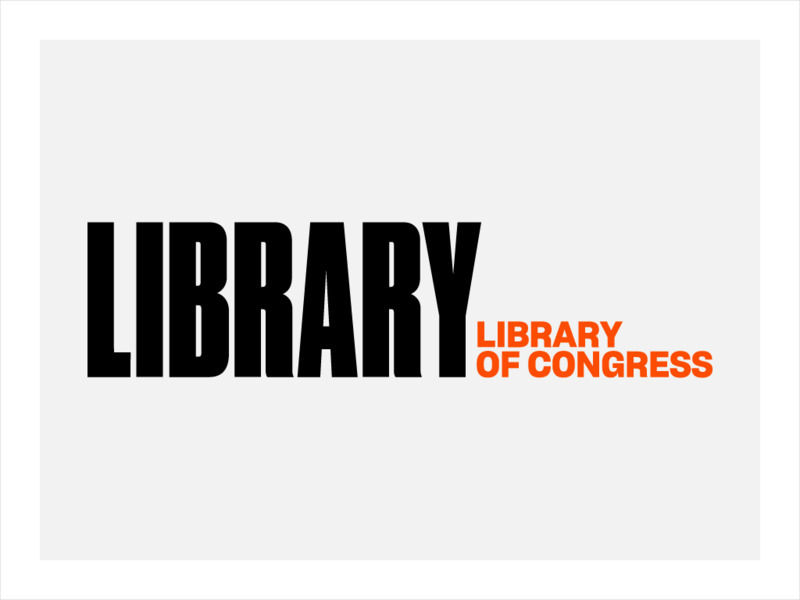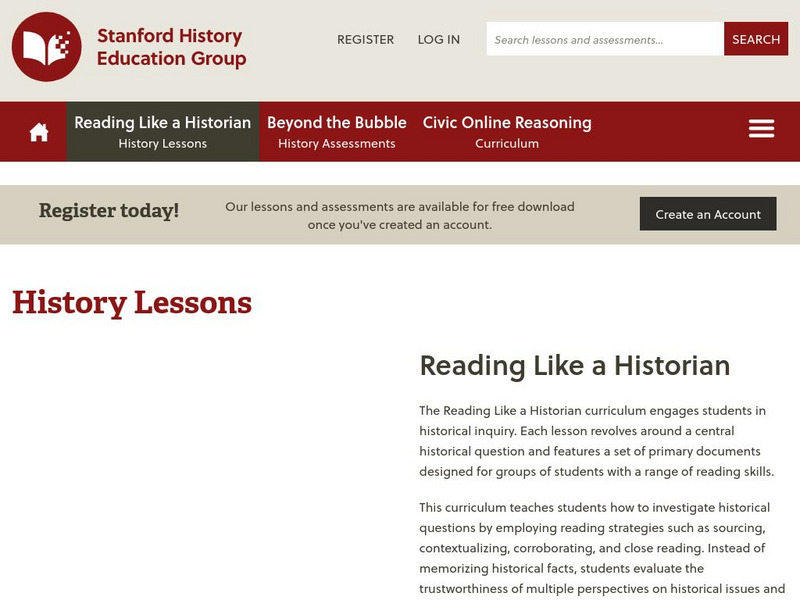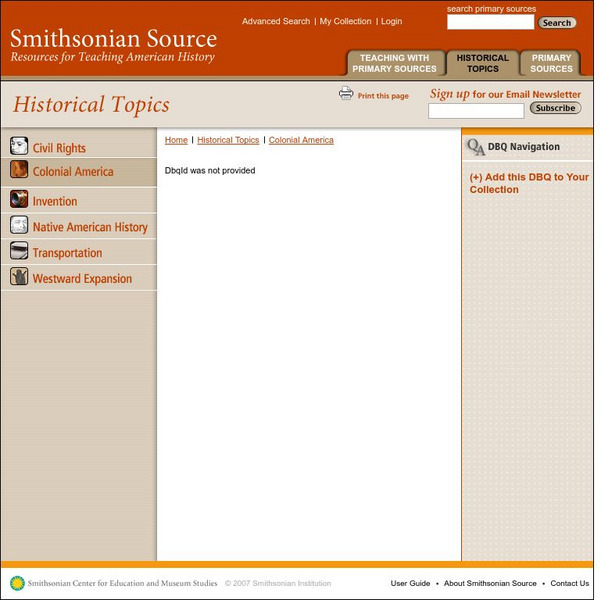Hi, what do you want to do?
Curated OER
National Symbol Patterns
Students discuss and create their own patterns. They practice and improve on making patterns of their own using red, white, and blue paper for a national theme. The symbols are based on what the teacher picks for the class.
Curated OER
Project School
Students investigate different people, places and items throughout the school. They examine different places and discuss their uses. They collect the data and others can interpret it as they choose.
Curated OER
Showing not telling writing
How do good writers exhibit emotion in their work without using an emotion word (angry, sad, happy, etc.)? This plan offers learners model texts that describe an emotion without using an emotion word. A well-formatted writing activity is...
Curated OER
Independent - To Be or Not Top Be - Day 2, Lesson E: In My Opinion . . .
Fifth graders read paragraphs that they've written from a Mountains to Climb self-reflection worksheet.
Curated OER
Create a World
Students combine imaginative powers with known map-making techniques to create a whole new world.
Curated OER
Pattern Block Polygons
Sixth graders create polygons. In this shapes lesson plan, 6th graders explore prefixes such as oct, tri, quad, pent, etc. and share their findings. Students use pattern blocks to create two different polygons and label them.
Curated OER
Create a Country International Fair
Students create their own countries. In this geography skills lesson, students establish governments, cultural backgrounds, atlas/geography components, national anthems, and national symbols for a country they create. Students dress up...
Curated OER
National Symbol Patterns
Students practice their patterning skills using national symbols.
Curated OER
Animal Track Mural
Students create a mural depicting who they are. They observe and describe animals in their local environment and relate themselves to an animal. They also discuss how animals show proof of them being in a certain area.
Huntington Library
Huntington Library: Causes of the American Revolution: Stamp Act Crisis [Pdf]
In this lesson, 5th graders look at what role the Stamp Act played in the lead-up to the American Revolution. Includes background information for the teacher. Students learn about taxes, study a timeline and maps, participate in a...
Colonial Williamsburg Foundation
Colonial Williamsburg: Colonial Reaction to Stamp Act
This lesson plan encourages learners to analyze primary documents to understand the colonial reaction to Great Britain's tax legislation, specifically the Stamp Act of 1765.
Library of Congress
Loc: Lesson Plans: Political Cartoons: Finding Point of View
Lesson plan on analyzing a political cartoon that satirizes the Stamp Act.
Smithsonian Institution
Smithsonian Source: No Stamped Paper to Be Had
Lesson plan that directs students through the process of using primary source documents to understand the colonists' objections to the Stamp Act.
Library of Congress
Loc: Political Cartoons: Finding Point of View
A careful analysis of political cartoons can provide a glimpse into key moments of U.S. political history. In this activity, students will closely examine political cartoons about the Stamp Act; make inferences about the political,...
US National Archives
Nara: Teaching With Documents: Images of the American Revolution
The National Archives and Records Administration provides a lesson plan on the American Revolution. Content includes excellent historical background, as well as several primary source documents, pictures, and engravings detailing various...
iCivics
I Civics: Hey, King: Get Off Our Backs!
Follow the grievances of the American colonists from oppressive British policies to the creation of the Declaration of Independence. Stamp Act primary source extension included.
Stanford University
Sheg: Document Based History: Reading Like a Historian: Early America
[Free Registration/Login Required] The Revolution and Early America unit covers the standard eighteenth century topics that would appear in any textbook. These lessons, however, will push learners to dig deeper as they read the documents...
Smithsonian Institution
Smithsonian Source: Clashing Views During the Colonial Period
Students will use primary documents to evaluate a statement concerning radical views of the colonial revolutionaries and the conservative philosophy of the loyalist colonists.
National Endowment for the Humanities
Neh: Edsit Ement: Boycotting Baubles of Britain
A great lesson plan that examines the role consumer boycotts of British goods in colonial America had in the run-up to the Revolutionary War. Find learning objectives, instructional activity activities, and assessment options.
PBS
Pbs Learning Media: Benjamin Franklin: Writer, Inventor, and Founding Father
Through two primary source activities and a short video, understand how Franklin embodied Enlightenment values and used his talent in writing and printing to have his opinions heard and help shape the world.
Alabama Learning Exchange
Alex: Where Can I Find That Book?
This lesson allows students to use current topics of study (e.g. the Stamp Act, the Boston Tea Party, the Intolerable Acts) to learn about the Library of Congress Classification System (LCC).














![Huntington Library: Causes of the American Revolution: Stamp Act Crisis [Pdf] Lesson Plan Huntington Library: Causes of the American Revolution: Stamp Act Crisis [Pdf] Lesson Plan](https://static.lp.lexp.cloud/images/attachment_defaults/resource/large/FPO-knovation.png)






